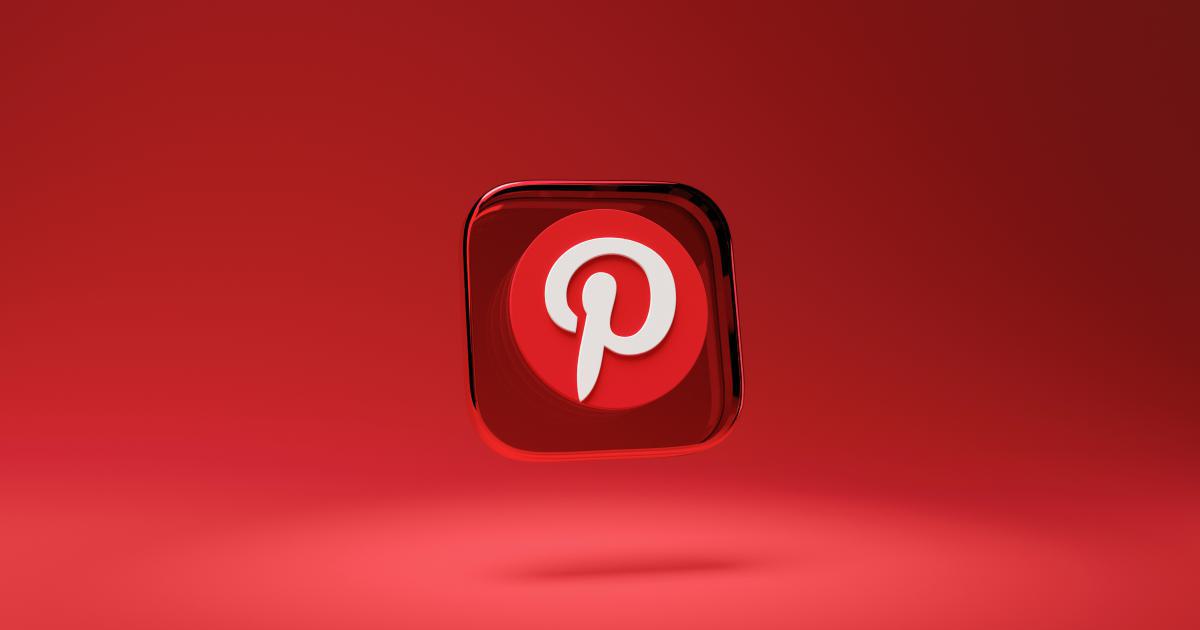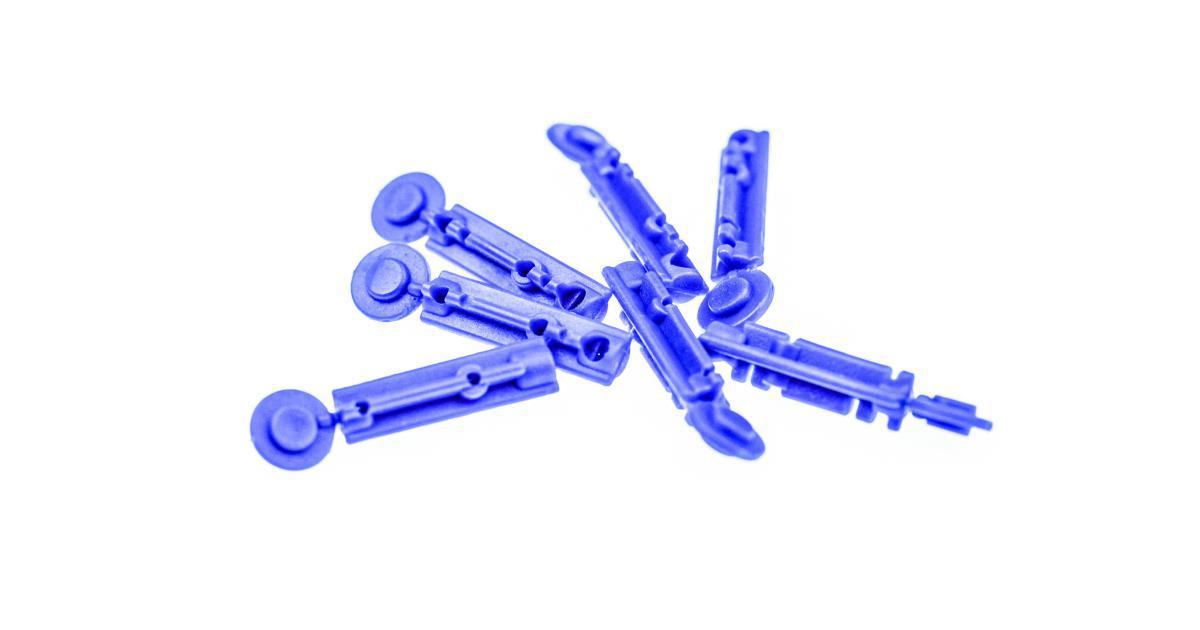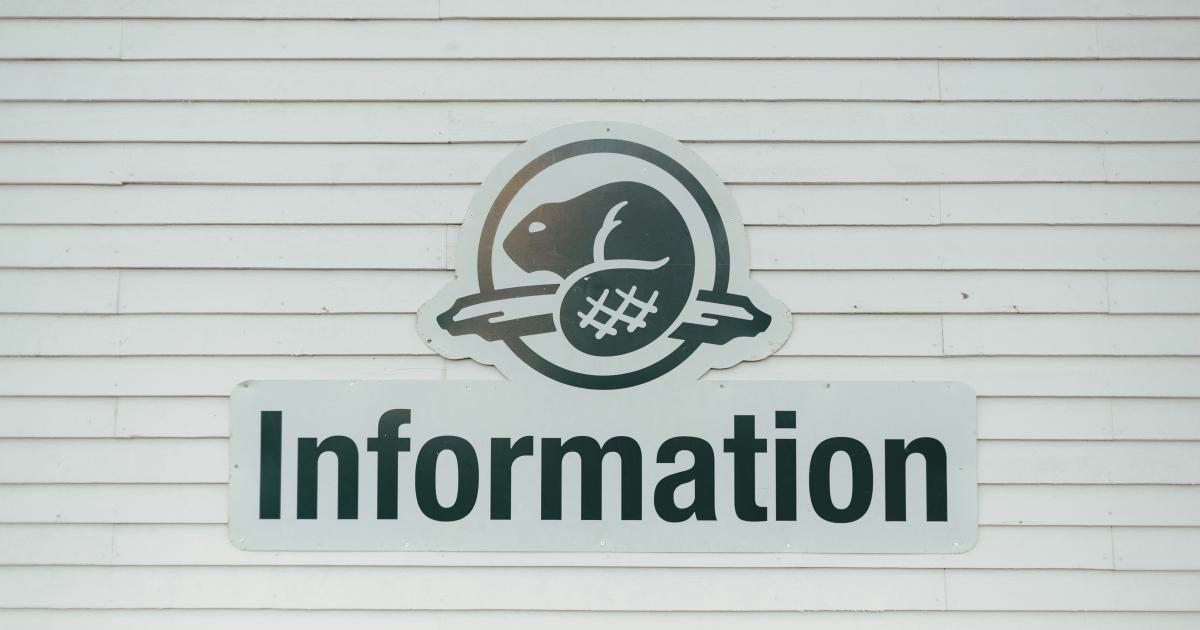1 in 4 Linkbuilders Overlook Image Link Optimization


Understanding the Importance of Image Link Optimization
When it comes to link building, many professionals focus primarily on optimizing textual content and neglect the potential of image links. However, a recent study has revealed that a staggering 1 in 4 link builders overlook the power of image link optimization. This oversight can have significant consequences for the overall effectiveness of a link building campaign.

In the digital landscape, images have become an integral part of online content, often playing a crucial role in engaging audiences and improving user experience. By optimizing the links associated with these images, link builders can unlock a wealth of opportunities to enhance their search engine optimization (SEO) efforts and drive valuable traffic to their websites.
The Rise of Visual Content
The growing dominance of visual content on the web cannot be overstated. According to recent statistics, social media platforms like Facebook, Instagram, and Pinterest have become increasingly image-centric, with users sharing and engaging with visual content at an unprecedented rate. In fact, studies have shown that social media posts with images tend to receive significantly more engagement than those without.

This shift towards visual content has profound implications for link building. As users become more accustomed to consuming and interacting with images, the potential for leveraging image links becomes increasingly important. By optimizing these links, link builders can tap into the visual-driven nature of modern online behavior and enhance the overall effectiveness of their link building strategies.
The Untapped Potential of Image Link Optimization
Despite the growing importance of visual content, many link builders continue to overlook the potential of image link optimization. This oversight can be attributed to several factors, including a focus on textual content optimization, a lack of awareness about the benefits of image link optimization, or a misconception that image links are less valuable than traditional hyperlinks.

However, the reality is that image links can be just as, if not more, effective than their textual counterparts. By optimizing the links associated with images, link builders can:
Increase Visibility: Image links can help increase the visibility of a website, as they can appear in image search results, social media posts, and other visual-centric platforms, expanding the reach of a link building campaign.
Improve User Experience: Well-optimized image links can enhance the overall user experience by providing relevant and contextual information to visitors, making it easier for them to navigate and engage with a website.
Boost SEO Performance: Search engines place a significant emphasis on the quality and relevance of a website's content, including the links associated with images. By optimizing these links, link builders can improve their site's SEO performance and potentially increase their search engine rankings.
Diversify Link Profiles: Incorporating image links into a link building strategy can help diversify a website's link profile, making it appear more natural and less susceptible to potential penalties from search engines.

Given these compelling advantages, it is clear that image link optimization should be a crucial component of any comprehensive link building strategy. By addressing this overlooked aspect, link builders can unlock a wealth of opportunities to enhance their overall digital marketing efforts.
Techniques for Effective Image Link Optimization
To capitalize on the benefits of image link optimization, link builders must adopt a strategic approach that encompasses both technical and creative elements. By implementing the following techniques, they can maximize the impact of their image links and achieve their desired link building objectives.
Optimizing Image File Names and Alt Text
One of the fundamental aspects of image link optimization is ensuring that the file names and alt text associated with the images are optimized for search engines and user accessibility.

File Name Optimization:
- Use descriptive, keyword-rich file names that accurately reflect the content of the image.
- Avoid generic file names like "IMG_1234.jpg" and instead use specific, targeted keywords.
- Separate words in the file name using hyphens or underscores, rather than spaces.
Alt Text Optimization:
- Craft compelling alt text that provides a clear and concise description of the image.
- Incorporate relevant keywords, but avoid keyword stuffing.
- Ensure the alt text is informative and adds value to the user experience.
- Keep the alt text within a reasonable length (generally 125 characters or less).
By optimizing the file names and alt text, link builders can improve the searchability and discoverability of their image links, making them more likely to appear in relevant image searches and enhance the overall user experience.
Incorporating Relevant Anchor Text
The anchor text used in image links plays a crucial role in communicating the relevance and context of the linked content to both search engines and users. By carefully selecting and optimizing the anchor text, link builders can enhance the effectiveness of their image links.

Anchor Text Best Practices:
- Use descriptive, keyword-rich anchor text that accurately reflects the content or purpose of the linked image.
- Avoid generic anchor text like "click here" or "image" and instead use more specific, contextual phrases.
- Ensure the anchor text is natural and relevant to the surrounding content, avoiding over-optimization.
- Vary the anchor text used across different image links to create a diverse and natural-looking link profile.
By implementing these anchor text optimization techniques, link builders can improve the relevance and visibility of their image links, ultimately driving more targeted traffic and enhancing their overall link building efforts.
Leveraging Image Sitemaps
Another powerful technique for optimizing image links is the use of image sitemaps. An image sitemap is a specialized XML file that provides search engines with detailed information about the images on a website, including their file names, locations, and associated metadata.

Benefits of Image Sitemaps:
- Improved Image Discovery: By submitting an image sitemap to search engines, link builders can increase the chances of their images being discovered and indexed, leading to better visibility in image search results.
- Enhanced Metadata Indexing: Image sitemaps allow link builders to provide additional metadata, such as captions, titles, and geo-location information, which can further improve the searchability and relevance of their image links.
- Reduced Crawl Errors: By proactively providing search engines with a comprehensive list of images, link builders can minimize the risk of crawl errors and ensure that all their image links are properly indexed.
To create an effective image sitemap, link builders should follow the established guidelines and best practices, such as including all relevant image attributes, ensuring the sitemap is properly formatted, and regularly updating it as new images are added to the website.
Leveraging Social Media and Visual Platforms
In the digital age, social media and visual-centric platforms have become powerful channels for promoting and distributing image-based content. By leveraging these platforms, link builders can amplify the reach and impact of their image links.

Strategies for Social Media and Visual Platforms:
- Share images with optimized file names and alt text on social media channels like Facebook, Instagram, and Pinterest.
- Engage with users by encouraging them to share and interact with the images, thereby increasing the visibility and potential for backlinks.
- Participate in relevant online communities and forums that focus on visual content, such as photography or design-related groups, to showcase and promote the images.
- Leverage influencers or industry experts to share and endorse the images, leveraging their established audience and credibility.
By actively promoting and distributing image-based content on social media and visual platforms, link builders can increase the chances of their image links being discovered, shared, and ultimately driving valuable referral traffic and backlinks to their website.
Measuring and Analyzing Image Link Performance
To ensure the ongoing effectiveness of their image link optimization efforts, link builders must regularly measure and analyze the performance of their image links. This data-driven approach can help them identify areas for improvement, refine their strategies, and continually enhance the impact of their image-based link building initiatives.

Key Metrics to Track:
- Impressions and Clicks: Monitor the number of impressions and clicks generated by the image links, which can provide insights into their visibility and user engagement.
- Referral Traffic: Analyze the amount of referral traffic driven by the image links, as well as the quality and behavior of the visitors.
- Backlink Generation: Track the number of backlinks and referring domains generated from the image links, as this can indicate the success of the link building efforts.
- Conversion Rates: Assess the impact of image links on desired actions, such as lead generation, product purchases, or newsletter subscriptions.
By regularly reviewing and analyzing these metrics, link builders can make data-driven decisions to optimize their image link strategies, identify areas for improvement, and ultimately achieve their desired link building objectives.
Overcoming Challenges and Barriers
While the benefits of image link optimization are clear, link builders may encounter various challenges and barriers that can hinder their efforts. By understanding and addressing these obstacles, they can develop more effective and sustainable strategies for leveraging the power of image links.
Technical Limitations and Considerations
One of the primary challenges faced by link builders is the technical limitations and considerations associated with image links. These may include:

Image File Size and Load Times: Large image files can negatively impact website performance and user experience, potentially leading to slower load times and higher bounce rates. Link builders must optimize image file sizes and formats to ensure optimal page speed.
Image Hosting and Delivery: Determining the most effective way to host and deliver images, whether on the website's own server or through a content delivery network (CDN), can be a complex decision with implications for both performance and SEO.
Image Accessibility: Ensuring that image links are accessible to users with disabilities, such as those using screen readers, is crucial for providing an inclusive user experience and complying with web accessibility standards.
To overcome these technical challenges, link builders should adopt best practices for image optimization, such as using responsive design, compressing image files, and implementing accessible image techniques like proper alt text and captions.
Organizational Silos and Lack of Alignment
Another common barrier to effective image link optimization is the presence of organizational silos and a lack of alignment between different teams or departments within an organization.

For example, the marketing team may be responsible for creating and optimizing the visual content, while the SEO or link building team is tasked with improving the overall website's search engine performance. Without clear communication and collaboration between these teams, the opportunities presented by image link optimization may be overlooked or underutilized.
To address this challenge, link builders should:
Foster Cross-Functional Collaboration: Encourage open communication and collaboration between the various teams involved in content creation, website management, and link building to ensure a cohesive and integrated approach.
Establish Clear Responsibilities and Workflows: Define roles, responsibilities, and workflows to ensure that image link optimization is seamlessly incorporated into the overall link building and content creation processes.
Provide Training and Education: Educate the relevant teams on the importance and benefits of image link optimization, equipping them with the knowledge and skills to implement effective strategies.
By breaking down organizational silos and aligning the various stakeholders involved, link builders can unlock the full potential of image link optimization and drive more impactful results for their link building campaigns.
Measuring and Attributing Image Link Impact
Accurately measuring and attributing the impact of image link optimization can also pose a challenge for link builders. Determining the direct contribution of image links to key metrics, such as referral traffic, backlink generation, and conversions, can be complicated by the complex and interconnected nature of digital marketing activities.

To overcome this challenge, link builders should:
Implement Robust Tracking and Reporting: Utilize web analytics tools, link tracking solutions, and image-specific metrics to capture detailed data on the performance of image links.
Employ Attribution Modeling: Adopt advanced attribution models, such as multi-touch or data-driven attribution, to better understand the role of image links within the broader customer journey and link building ecosystem.
Conduct A/B Testing: Experiment with different approaches to image link optimization, such as varying anchor text, file names, or placement, to isolate the impact of specific tactics.
Collaborate with Other Teams: Work closely with the analytics, content, and digital marketing teams to align on shared measurement frameworks and leverage cross-functional insights.
By employing these strategies, link builders can more accurately measure and attribute the impact of their image link optimization efforts, enabling them to refine their strategies, optimize their resource allocation, and demonstrate the tangible value of their work.
The Future of Image Link Optimization
As the digital landscape continues to evolve, the importance of image link optimization is poised to grow even more significant. Link builders who recognize and capitalize on this emerging trend will be well-positioned to stay ahead of the curve and drive sustainable, long-term success for their organizations.

The Rise of Visual Search
One of the most compelling trends shaping the future of image link optimization is the rapid growth of visual search. Search engines, such as Google and Bing, are increasingly incorporating image recognition and visual search capabilities, allowing users to search for and discover content based on the visual elements within an image.
By optimizing the links associated with their images, link builders can ensure that their content is more discoverable and accessible through these visual search channels, potentially driving additional traffic and backlink opportunities.
The Dominance of Visual-First Platforms
The continued dominance of visual-first platforms, such as Instagram, TikTok, and Pinterest, further underscores the importance of image link optimization. As these platforms continue to capture the attention of users, particularly younger demographics, the ability to effectively leverage image-based content and associated links will become increasingly critical for link building success.
The Emergence of Immersive Visual Experiences
The future of the web is poised to become even more visually driven, with the rise of immersive technologies like augmented reality (AR) and virtual reality (VR). As these technologies gain mainstream adoption, link builders will need to adapt their strategies to optimize image links for these emerging visual experiences, ensuring their content remains relevant and engaging across a variety of platforms and devices.

The Importance of Accessibility and Inclusivity
As the digital landscape evolves, the need for accessible and inclusive image link optimization will become increasingly critical. Link builders must ensure that their image links are designed to cater to users with disabilities, providing alternatives and accommodations that enhance the overall user experience and comply with web accessibility standards.
By embracing these emerging trends and adapting their strategies accordingly, link builders can position themselves for long-term success and capitalize on the growing importance of image link optimization in the ever-changing digital landscape.
Conclusion
In the dynamic world of link building, overlooking image link optimization can be a costly oversight. As this study has revealed, a significant portion of link builders are neglecting this crucial aspect of their strategies, missing out on a wealth of opportunities to enhance their overall digital marketing efforts.

By recognizing the importance of image link optimization and implementing the techniques and strategies outlined in this article, link builders can unlock a wide range of benefits, including increased visibility, improved user experience, enhanced SEO performance, and a more diverse link profile.
Furthermore, as the digital landscape continues to evolve, the significance of image link optimization is poised to grow even more pronounced. Link builders who stay ahead of the curve and adapt their strategies to capitalize on emerging trends, such as visual search and immersive visual experiences, will be well-positioned to drive sustainable, long-term success for their organizations.
Ultimately, the choice is clear: link builders who embrace the power of image link optimization will gain a distinct competitive advantage, while those who continue to overlook this critical aspect may find themselves falling behind in the ever-evolving world of digital marketing.